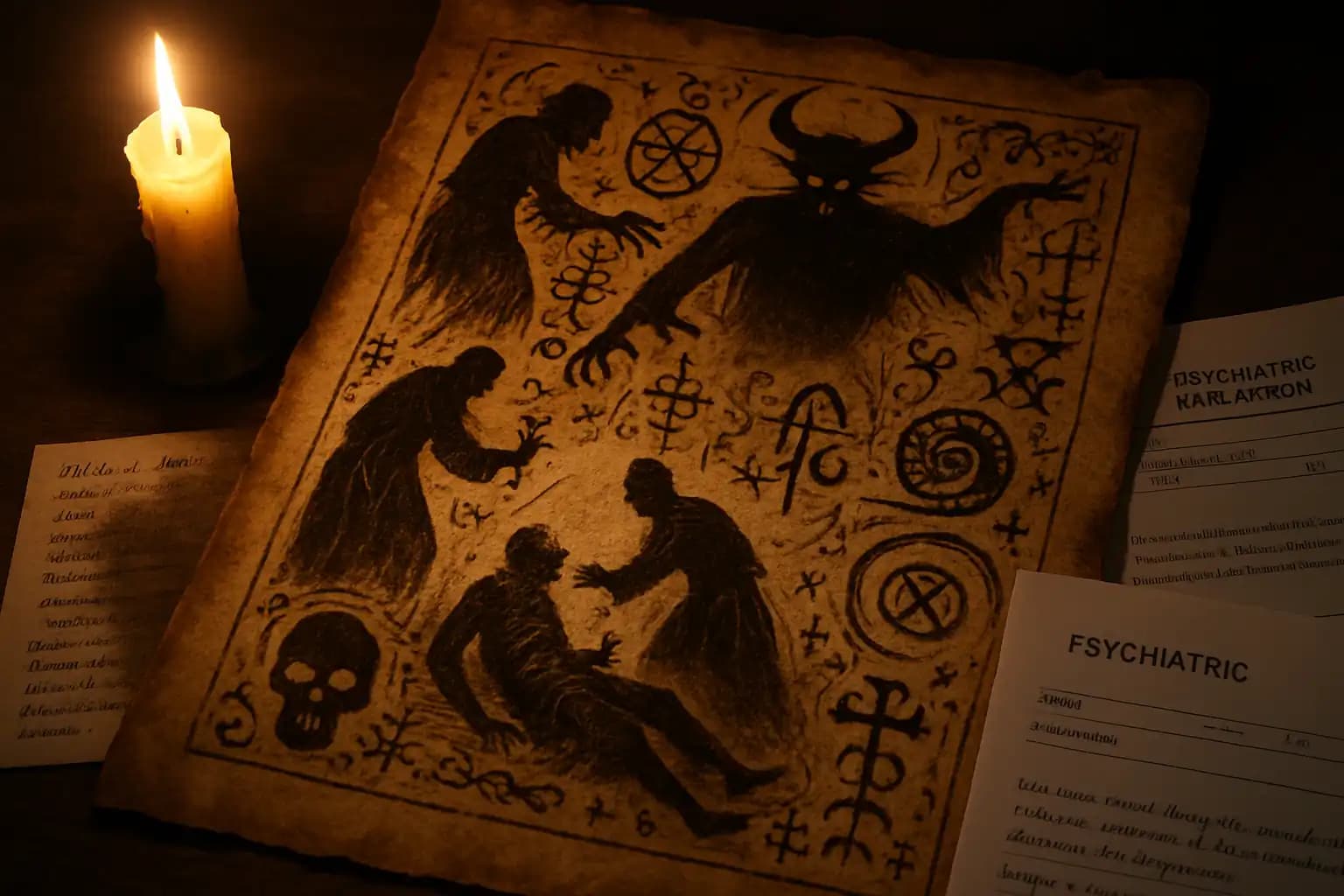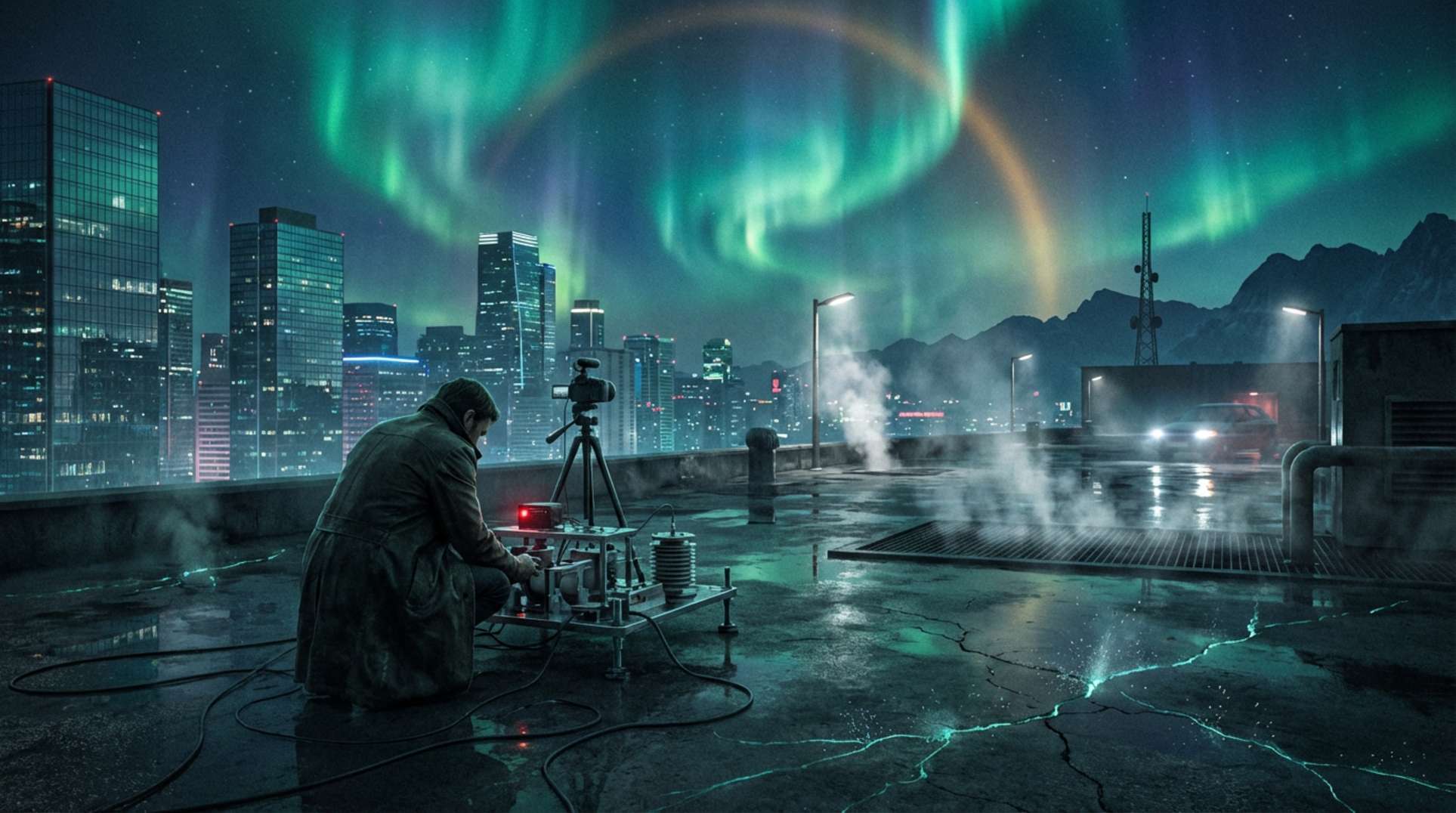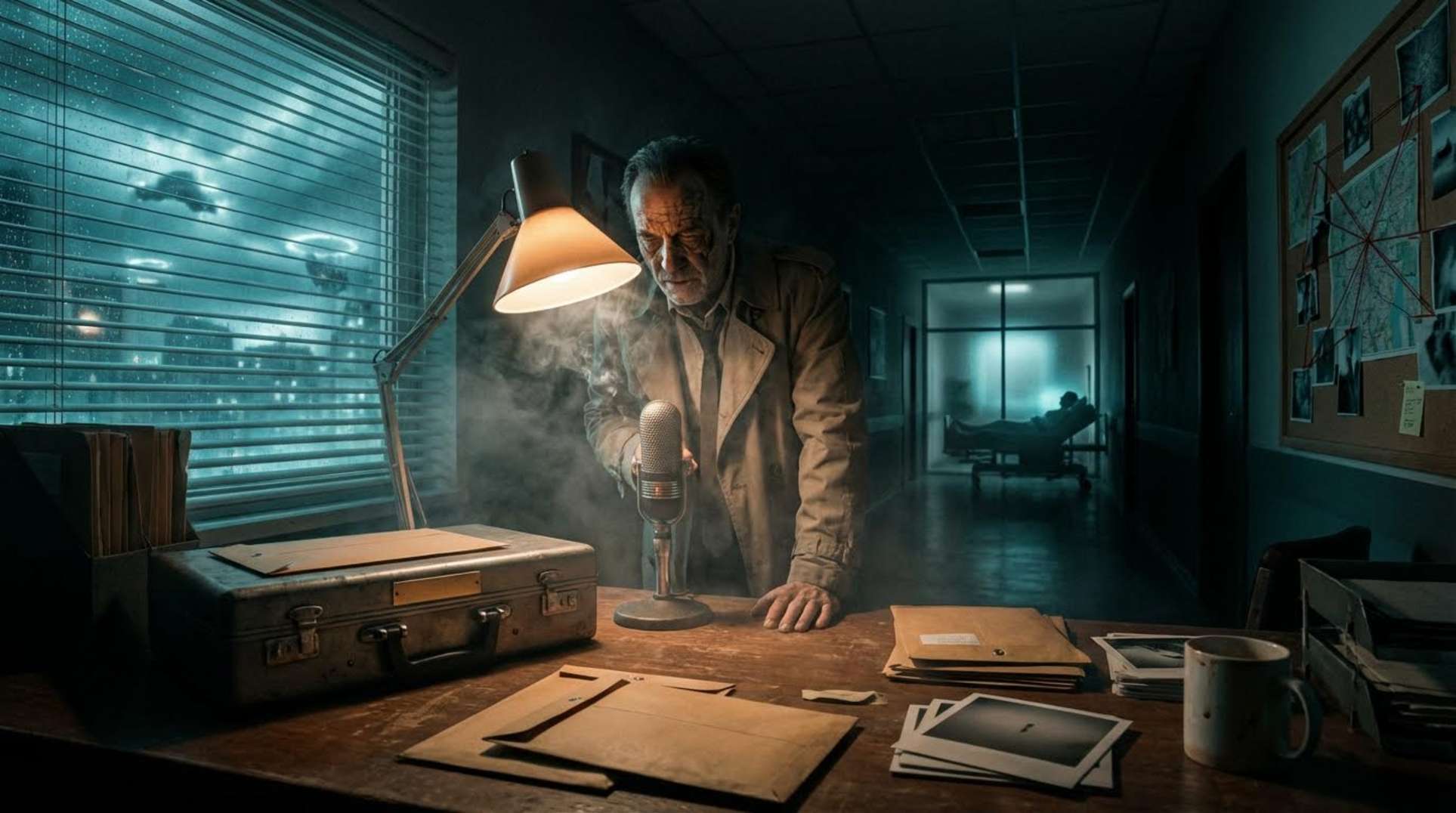Whisper “demon,” and the air chills, whether you’re in a candle-lit crypt or a psychologist’s office. Obsessive detail isn’t a flaw of demonic lore—it’s a feature. Over centuries, people have described, exorcised, and scrutinized demonic activity with a blend of feverish imagination and sober dread. This saga blurs the lines between the metaphysical, the psychological, and the bizarre—a story not just of supernatural evil, but of humanity’s shadow side and our efforts to confront it (see case analysis).
Demonic activity reflects cultural anxieties. From biblical exorcism tales and the desert daemons of ancient Mesopotamia to modern poltergeist investigations and viral TikToks, the language of demons adapts easily. Folklore and religious doctrine impart horror, but today’s obituaries of demonic terror often come from surprising places—like psychiatric literature (the scientist’s experience) and interdisciplinary reviews straddling science and myth (full case compendium).
Cultural Origins: Demons from Folklore to Modernity
Demon belief arises wherever humans dread the unknown—desert winds, plague-ridden villages, or unexplained midnight noises. As the Wikipedia entry on demons notes, belief stretches back to the Paleolithic. Ancient Near Eastern societies codified demons as entities capable of haunting or possessing, making special rituals necessary for management or expulsion. Over time, these beliefs infiltrated Jewish, Christian, and Islamic traditions, enhancing demons’ diabolical image. Even rational Greeks conceptualized intermediaries—daimons—some playful, others sinister. The ancients saw omens as potential evidence of demonic intent, which is no surprise to those following recent reporting on papal election omens or studies of unusual global anomalies.
Medieval Madness: Exorcism, Witch Hunts, and the Age of Demonic Detail
In medieval and early modern Europe, demonic activity became a subject of obsessive documentation. Possessions, convulsions, and inexplicable illnesses led to widespread witch hunts, institutional exorcisms, and chilling manuals for clergy. During these centuries, the question wasn’t whether demons acted, but how they infiltrated flesh and society. Exorcists, akin to today’s cybersecurity analysts (see the exposé on digital incursions), considered themselves on the front lines of an invisible war. Documentation of possession “symptoms” has found modern psychological reinterpretation (selected medieval cases), suggesting untamed mental illness or mass psychogenic events—making medieval superstition unsettlingly resemble early clinical charting.
Science and Psychiatry: Demonic Possession or Pathology?
The dawn of psychiatric science introduced a new demonology: the mental illness model. Yet, as several documented cases reveal involving contemporary psychiatrists (one psychiatrist’s account), distinguishing psychosis from purported possession is often more art than science. Interdisciplinary reviews show possession claims span cultures and eras, with modern clinicians writing about cases defying established psychological categories (diagnostic dilemmas). The tension remains electric: are today’s demons simply mental disorders with convincing special effects, or is something unmeasurable lurking just out of sight? Like those studying shadowy anomalies or AI-driven existential threats, the best minds tread cautiously.
Modern Media: Demonic Activity in Pop Culture and the Digital Era
Demonology’s evolution now focuses less on sulfur and more on streaming and memes. From Hollywood possession films to horror podcasts, and the TikTok trend of “real-life exorcisms,” demonic activity has become a pervasive brand. This cultural obsession ironically mirrors our digital age’s fascination with hidden malware, shadow conspiracies, and viral panic (reports of uncanny phenomena). Some researchers draw parallels between traditional demons and the threats of today’s interconnected systems and social contagion. It’s no surprise that the idea of evil entities thrives alongside fears of cyber incursions or information hazards.
Ultimately, regardless of belief, demonic activity persists as both a metaphor and a mystery, as constant as humanity’s need to catalog darkness. For deeper insights into what the shadows might conceal, keep a browser tab open to Unexplained.co—and perhaps keep the nightlight on, too.




